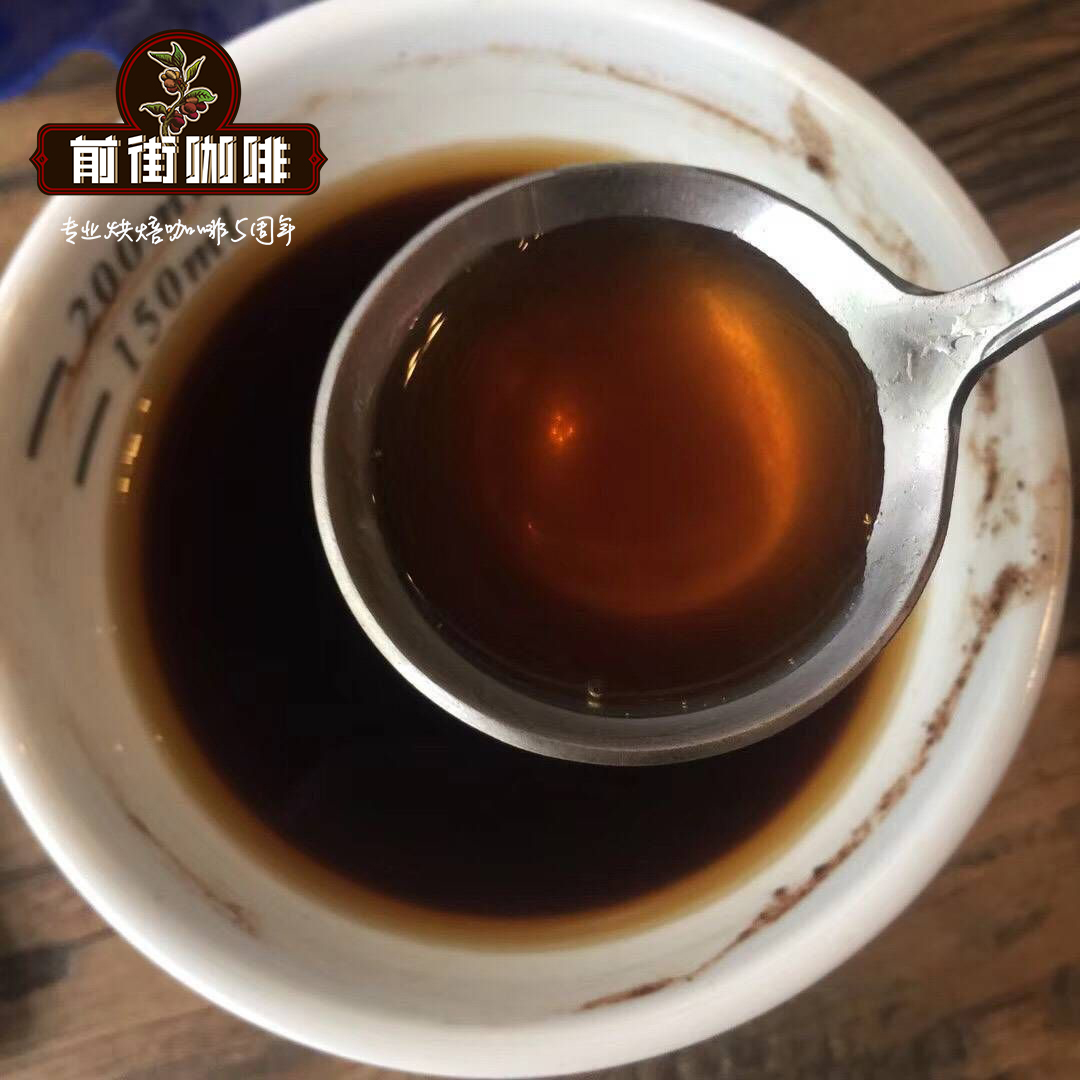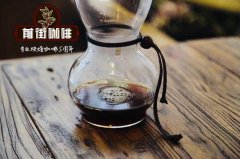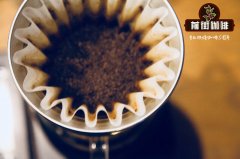Coffee roasting process Coffee roasting principle Coffee is roasted

Professional coffee knowledge exchange more coffee bean information please follow the coffee workshop (Wechat official account cafe_style)
Raw beans are hard seeds in coffee berries. In addition to crude fiber, they also contain water, chlorogenic acid, protein, alkaloids, caffeine, fats, sugars and other substances. At the same time of baking at high temperature, the above substances will appear chemical changes such as Mena reaction and Stryker degradation, resulting in coffee tannic acid, nicotinic acid, aromatic esters, alcohols, carbohydrates and other substances that affect the flavor of coffee.
Therefore, when it comes to roasting coffee beans, we can understand it as a process of rising temperature, but it must be under control. Because of this, the temperature and heating rate during baking are the main reasons for the difference in flavor.
From the actual baking process, we can observe the change in the color of raw beans, from the turquoise when the water content is high, to a whitish yellow after most of the moisture is removed by baking at high temperature. As the temperature continues to rise, it gradually yellowes, and when it reaches the temperature at which the Mena reaction occurs, the surface obviously turns brown and deepens gradually. If you continue to heat up, there will be carbonization, coffee beans will become dark black, the surface is still bright with grease, if you do not stop heating, it will eventually catch fire.
In addition to the change in color, the volume of coffee beans will also change. In addition to a small degree of thermal expansion, there will be two bursts at different temperatures, increasing the volume by as much as 60%. At the same time of volume expansion, the total weight will also be reduced due to the loss of moisture and the removal of silver skin, and the weight will be reduced by about 1220% as the baking is shallow to deep.
In addition to the baking temperature and time, we can preliminarily judge the roasting degree of coffee beans by the appearance color, volume change and weight loss ratio. In addition, it can also be detected by Agtron caramelization spectrum analyzer to accurately get the depth of baking degree.
Understand the design principle of coffee roasting machine
Take the bean baking machine made in Taiwan as an example, during the baking process, the functions that can be controlled are gas firepower, exhaust valve, and boiler speed, while the temperature observation values provided are the bean temperature in the furnace and the temperature of the air outlet. There are bean viewing windows and sampling rods to judge the appearance and smell of raw beans.
The rotating boiler is to let the raw beans be heated evenly, and the good baffle design in the boiler makes it more lively and leaping when stirring, so as to avoid point scald. When the rotational speed is slow, the raw bean is in contact with the boiler for a long time; when the rotation is fast, the raw bean is thrown in the hot air for a long time, both of which will affect the flavor. However, the speed of the boiler cannot be adjusted on the baking machines in Germany, Japan and the United States.
In addition to firepower, the distance between the gas fire row and the boiler, called fire distance, is also a difficult problem in machine design. The modification of the Japanese brand bean dryer is to increase the number of gas nozzles, but the problem of uniform heating is also considered when the fire is farther away. The new machine made in Taiwan changes the design of gas nozzles to three rows and double switches, igniting according to the amount of baking, and increasing the flexibility of operation.
When ignited and heated, the heat energy will heat the coffee beans through conduction, convection and radiation.
In addition to the full hot air machine is mainly convective heat, we often hear of semi-hot air and direct fire type of these two machines. To put it simply, the wall of the baking room of the direct-fire bean dryer is perforated to allow the radiant heat to act directly on the raw beans. Such a machine can also be equipped with a far-infrared kit to maximize the effectiveness of the radiant heat.
The semi-hot air machine mainly uses conduction heat and convection heat. When the firepower is fixed, the size control of the exhaust valve is the main factor affecting the convection heat.
Important Notice :
前街咖啡 FrontStreet Coffee has moved to new addredd:
FrontStreet Coffee Address: 315,Donghua East Road,GuangZhou
Tel:020 38364473
- Prev

Why roast coffee for the purpose of roasting? The principle of coffee roasting
Professional coffee knowledge exchange more coffee bean information please follow the coffee workshop (Wechat official account cafe_style) "one pot, two beans, three roasting." In this sentence, the factors that affect the roasting of coffee are pointed out. Pot refers to the machine used to bake coffee. The stability and controllability of the bean baking machine are related to the replicability of the flavor. In other words, occasional high-quality baking
- Next

What is the method of washing carbon dioxide impregnation? Treatment methods of raw coffee beans
For more information on coffee beans, please follow the Coffee Workshop (official Wechat account cafe_style) Sasa, champion of the 2015 World Barista Competition, uses an innovative fermentation process called washing carbon dioxide impregnation. Two years later he had his own estate and was more committed to fermentation technology. In fact, at the Budapest World Series in June 17,
Related
- Beginners will see the "Coffee pull flower" guide!
- What is the difference between ice blog purified milk and ordinary milk coffee?
- Why is the Philippines the largest producer of crops in Liberia?
- For coffee extraction, should the fine powder be retained?
- How does extracted espresso fill pressed powder? How much strength does it take to press the powder?
- How to make jasmine cold extract coffee? Is the jasmine + latte good?
- Will this little toy really make the coffee taste better? How does Lily Drip affect coffee extraction?
- Will the action of slapping the filter cup also affect coffee extraction?
- What's the difference between powder-to-water ratio and powder-to-liquid ratio?
- What is the Ethiopian local species? What does it have to do with Heirloom native species?

